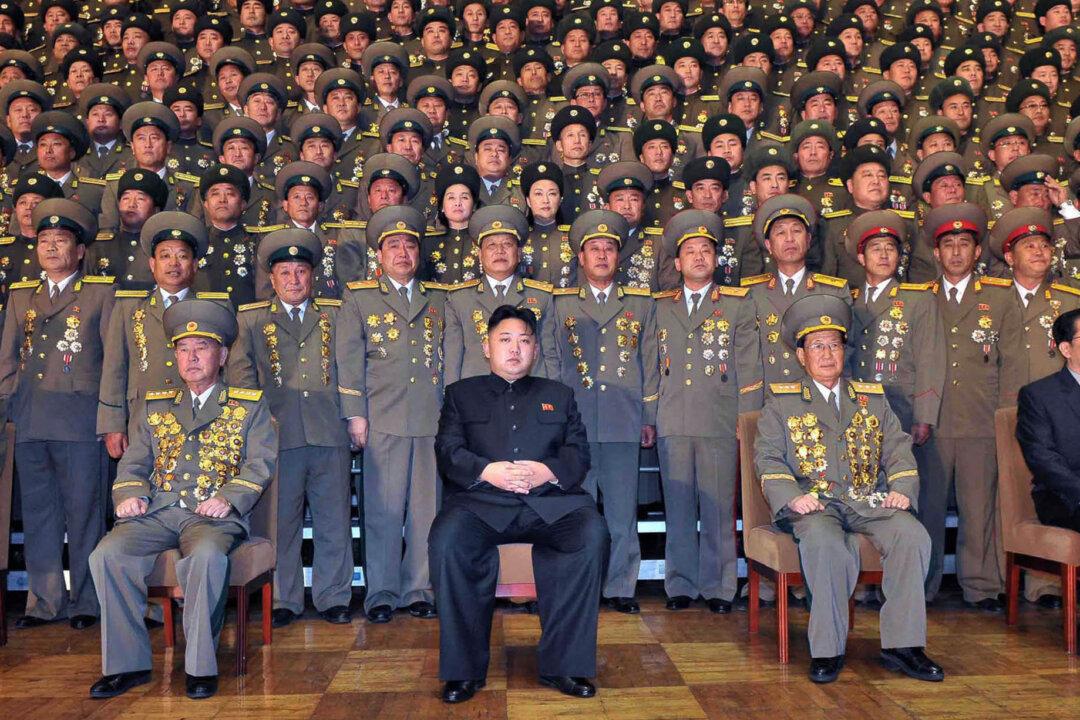North Korea fired its first missile in 74 days early on Wednesday, Nov. 29 local time, about a week before a massive U.S. and South Korea joint Air Force exercise begins on the Korean peninsula.
South Korea’s Joint Chiefs of Staff said the unidentified ballistic missile flew eastward from South Pyongan Province, according to South Korea’s Yonhap News Agency.
The U.S. and South Korean militaries are analyzing the details now.





